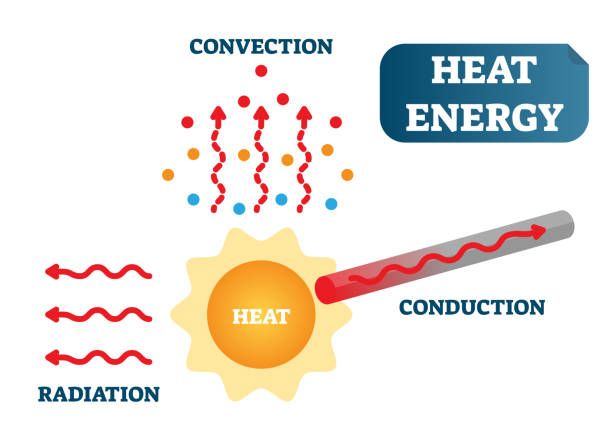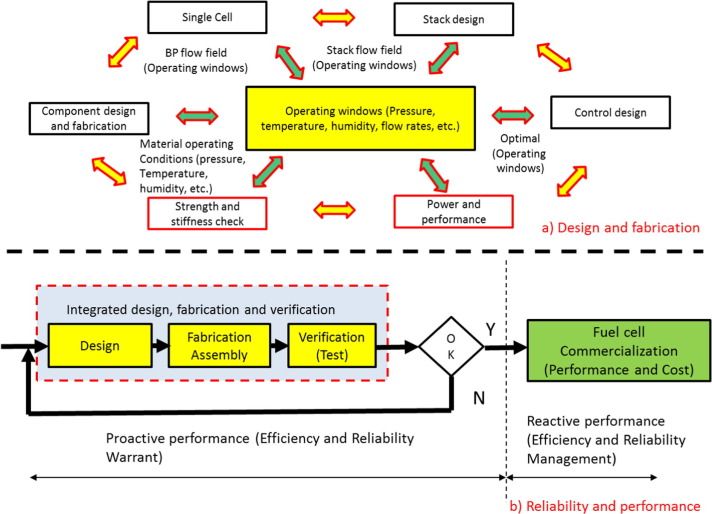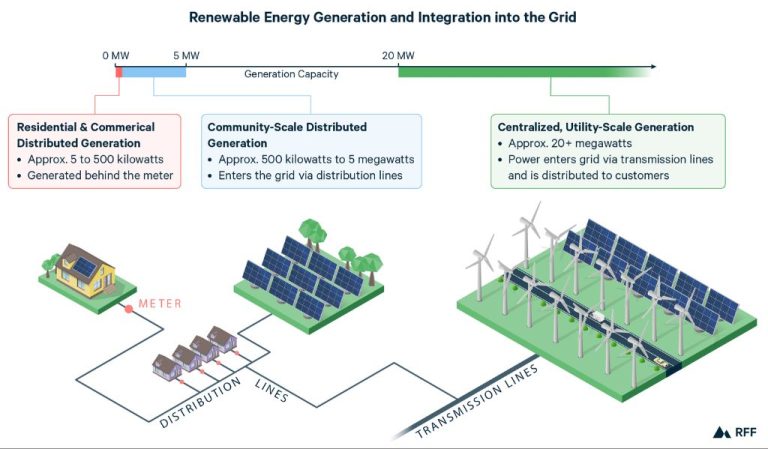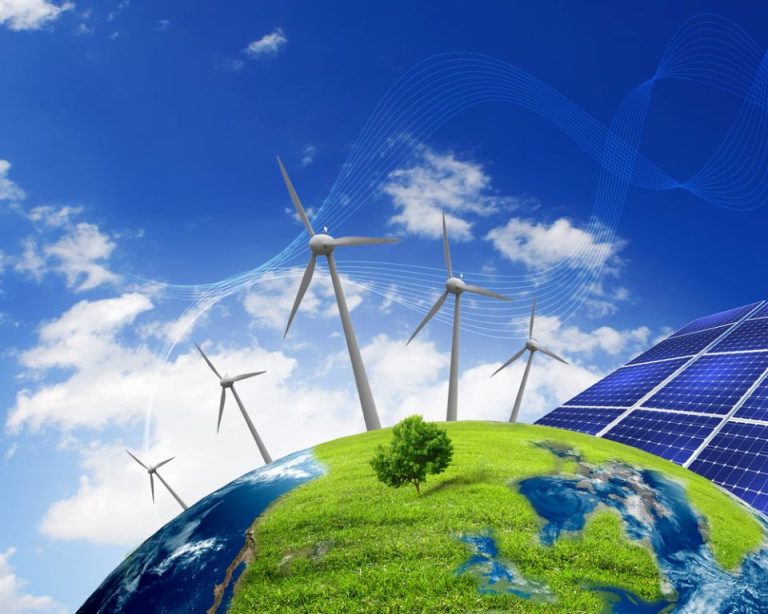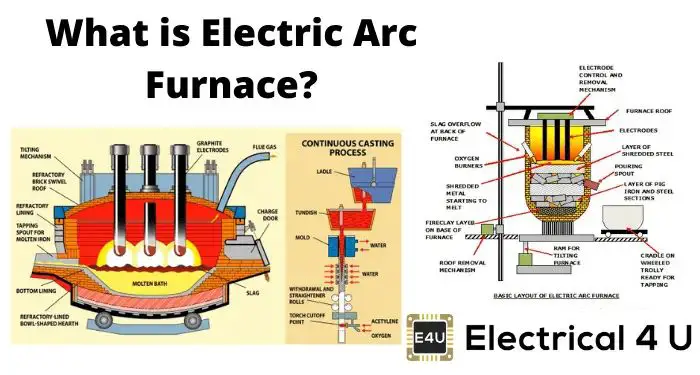Is There Any Truly Clean Energy?
Introducing the Quest for Clean Energy
Clean energy refers to energy generated from renewable, zero-emission sources that do not pollute the environment, such as solar, wind, geothermal, and hydropower. Dirty energy comes from nonrenewable sources that release greenhouse gases and contribute to climate change, primarily the burning of fossil fuels like coal, oil, and natural gas.
The shift to clean energy is crucial to reduce air pollution and carbon emissions that are warming the planet. As of 2018, about 80% of U.S. energy came from fossil fuels while only 11% came from renewables (https://www.eia.gov/energyexplained/us-energy-facts/). The major sources for electricity generation are natural gas (38%), coal (23%), nuclear (19%), hydropower (7%), wind (7%), solar (3%) and biomass (1%).
Expanding renewable energy can help mitigate the impacts of climate change and build a more sustainable future. Understanding the complexities around truly “clean” energy is key as we transition our energy infrastructure.
Fossil Fuels and Greenhouse Gases
The burning of fossil fuels like coal, oil, and natural gas is the leading cause of greenhouse gas emissions worldwide. According to the UN, fossil fuels account for over 75% of global greenhouse gas emissions (UN – Causes and Effects of Climate Change). When burned, fossil fuels release carbon dioxide and other heat-trapping gases into the atmosphere. As these greenhouse gas levels increase, more heat is retained, causing the planet to warm over time.
Rising global temperatures lead to detrimental impacts on the environment and human health. Effects include melting glaciers and ice sheets, rising sea levels, changing precipitation patterns, increased frequency of extreme weather events, decreased crop yields, and the spread of insect-borne diseases. Fossil fuel pollution also contributes to smog, acid rain, and diminished air quality, resulting in respiratory illnesses.
The EPA reports that the combustion of fossil fuels for transportation and electricity generation accounts for over 94% of U.S. greenhouse gas emissions (EPA – Sources of Greenhouse Gas Emissions). On a global scale, carbon dioxide from fossil fuel use comprises 65% of total greenhouse gas emissions (EPA – Global Greenhouse Gas Emissions Data). Curbing fossil fuel usage is critical to mitigating climate change and its far-reaching consequences.
Renewable Energy Sources
Renewable energy comes from natural sources that are constantly replenished, such as sunlight, wind, water, and geothermal heat. Some of the main renewable energy sources include:
Solar Energy
Solar power converts energy from the sun into electricity through the use of photovoltaic cells. Solar energy has become one of the fastest growing renewable sources with capacity tripling over the past decade (https://www.un.org/en/climatechange/what-is-renewable-energy). Benefits of solar include no emissions, abundant and inexhaustible supply, and modularity. Limitations include intermittency, large land requirements, and geographic constraints.
Wind Energy
Wind turbines convert the kinetic energy of wind into mechanical power to generate electricity. Wind power capacity has expanded rapidly in recent years as technology improves and costs decline. Benefits include no emissions, low operating costs, and ability to pair with solar. Limitations include intermittency, suitable geography needs, and impacts on birds/wildlife.
Hydropower
Hydropower harnesses the energy of flowing water – hydroelectric dams or run-of-river systems – to produce electricity. It’s a mature technology that provides the majority of renewable energy globally. Benefits include flexibility, storage capabilities, and low operating costs. Limitations include impacts on aquatic ecosystems, sedimentation, and geography requirements.
Geothermal Energy
Geothermal energy utilizes heat from under the earth’s surface for heating, electricity generation, and other applications. Hot water or steam from reservoirs can drive turbines to generate power. Benefits include reliability, sustainability, and low land use needs. Limitations include geographic constraints, high upfront costs, and management of underground reservoirs.
Nuclear Energy
Nuclear energy comes from the splitting of uranium atoms in a process called nuclear fission. Uranium fuel rods in nuclear reactors undergo controlled nuclear fission to produce large amounts of heat. This heat is used to boil water into steam that spins turbines to generate electricity. Nuclear fission releases energy without burning fuel, making it a low-carbon energy source. Nuclear plants emit little to no greenhouse gases or air pollutants during operation (https://www.eia.gov/energyexplained/nuclear/nuclear-power-and-the-environment.php).
While nuclear fission generates electricity without direct carbon dioxide emissions, there are waste and safety concerns. The process creates radioactive waste that must be safely contained and managed over thousands of years. There is also a small risk of serious accidents, as demonstrated by major nuclear disasters like Chernobyl and Fukushima. While rare, nuclear accidents can spread radiation and contaminate surrounding areas.
Despite some risks, nuclear energy accounts for about 20% of U.S. electricity generation and supports grid reliability as a stable baseload power source. The industry continues working to address public concerns and improve nuclear technology and safety practices (https://world-nuclear.org/nuclear-essentials/how-can-nuclear-combat-climate-change.aspx).
Biomass and Biofuels
Biomass refers to organic material from plants and animals that can be used as an energy source. Common examples of biomass include wood, crops, seaweed, and animal waste. When biomass is burned or otherwise used as fuel, the carbon dioxide released is equivalent to the amount absorbed during the plant or animal’s lifetime, making biomass a potentially carbon-neutral energy source [1].
However, recent studies have questioned the carbon neutrality of biomass. Burning biomass emits carbon dioxide immediately, while growing replacement biomass takes time to recapture the emissions. This “carbon debt” means biomass may contribute to greenhouse gas emissions in the short term [2].
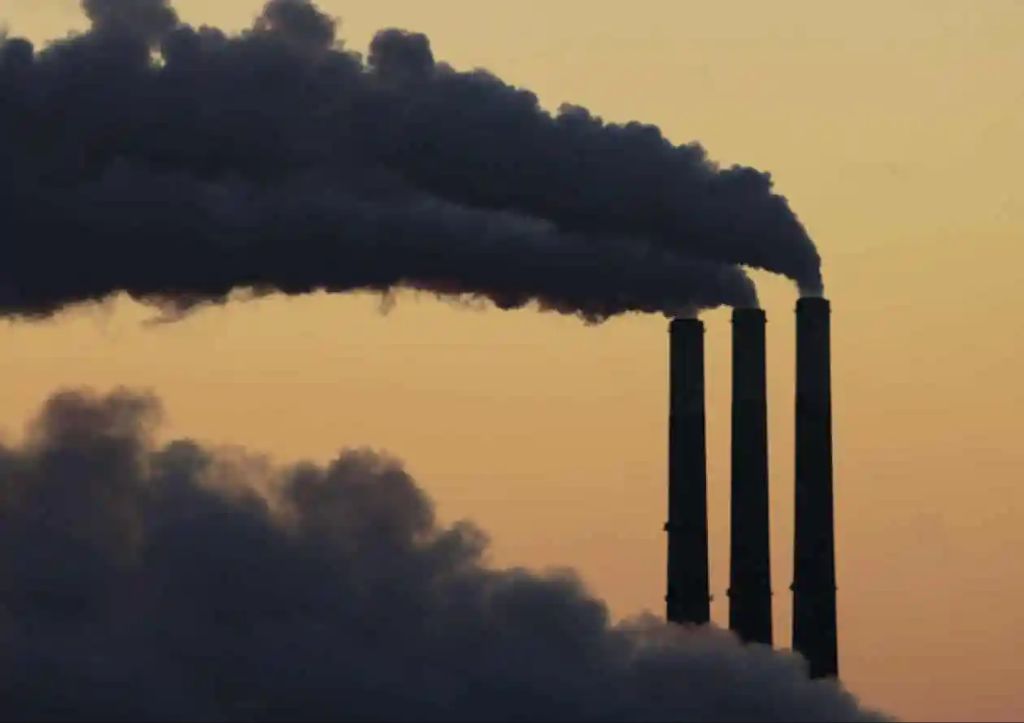
Sustainability is another concern with biomass. If not properly managed, collecting large amounts of biomass can disrupt ecosystems and food supplies. Factors like biodiversity, land use changes, and supply chain emissions need to be considered when evaluating biomass sustainability [3].
Biofuels made from biomass like corn ethanol and biodiesel may reduce reliance on fossil fuels but have limited potential to scale sustainably. Advanced biofuels from non-food sources like crop residues, algae and organic waste are being researched as more sustainable options.
Hydrogen Fuel Cells
Hydrogen fuel cells generate electricity through an electrochemical reaction rather than combustion. In a fuel cell, hydrogen and oxygen are combined to produce electricity, water, and heat. Fuel cells do not produce carbon emissions, only water vapor, making them a potential carbon-neutral energy technology (https://afdc.energy.gov/fuels/hydrogen_benefits.html).
Hydrogen has potential as a clean fuel source because it can be produced from renewable sources like solar and wind. However, most hydrogen today is made from natural gas through a process called steam methane reforming which generates carbon emissions. Methods for extracting “green hydrogen” from water via electrolysis are still expensive and energy intensive (https://www.iea.org/energy-system/low-emission-fuels/hydrogen).
While hydrogen fuel cells themselves produce no emissions, developing infrastructure for storage and transportation of hydrogen on a large scale poses challenges. Hydrogen has very low volumetric energy density compared to other fuels, meaning it requires compression or liquefaction for storage and transportation. Safely and efficiently moving hydrogen from production to end use is a key obstacle (https://afdc.energy.gov/fuels/hydrogen_basics.html).
Hydropower Impacts
While hydropower is a renewable energy source, the reservoirs created by dams can contribute to greenhouse gas emissions. As vegetation decomposes underwater, reservoirs emit methane, a potent greenhouse gas. Per the International Energy Agency (IEA), hydropower reservoirs globally contribute around 1.3% of anthropogenic greenhouse gas emissions. According to the Department of Energy, reservoirs in tropical regions tend to have higher methane emissions compared to temperate reservoirs. However, hydropower overall still has much lower lifecycle greenhouse gas emissions compared to fossil fuels (https://www.energy.gov/eere/water/tracking-carbon-footprint-hydropower).
Beyond greenhouse gas emissions, dams and reservoirs can negatively impact the local environment and ecosystems. Dam construction often involves deforestation and flooding large areas of land. This alters natural water flows, river connectivity, and can change sediment transport. Dams also create barriers for fish migration and alter their access to habitat. However, technology advancements and more strategic dam siting can help minimize some of these impacts.
The Role of Energy Storage
Energy storage plays a critical role in enabling the integration of renewable energy sources like solar and wind into the electric grid. Because the sun and wind are intermittent energy sources, storage is needed to capture excess energy when supply exceeds demand and then discharge it when renewable generation drops. This helps to smooth out fluctuations in renewable power generation and reduces the need for fossil fuel plants as backup power.
There are a variety of energy storage technologies being developed and deployed including batteries, pumped hydroelectric storage, compressed air energy storage, flywheels, and thermal storage. Lithium-ion batteries have seen substantial cost declines and are now commonly paired with solar photovoltaic systems for homes, businesses, and utilities. Pumped hydropower remains the predominant utility-scale energy storage resource, using excess electricity to pump water uphill into reservoirs which can later be released to generate power.
According to research from Arbabzadeh et al. (2019), the addition of 60 GW of energy storage capacity to the Electric Reliability Council of Texas (ERCOT) grid could enable 52-56% reductions in CO2 emissions by allowing greater renewable penetration. However, Beuse (2021) notes there can be large differences in emissions depending on how storage assets are operated.
While progress has been significant, energy storage costs remain a barrier to widespread deployment. Ongoing research into new battery chemistries and storage technologies along with manufacturing scale-up can help drive costs down further. But storage will be an essential component in decarbonizing the electric grid.
The Outlook for Clean Energy
In recent years, there has been significant progress in reducing greenhouse gas emissions from the energy sector. According to the IEA, global energy-related CO2 emissions stayed at the same level in 2019 while the global economy grew by 2.9%. This was possible because renewable energy sources like wind and solar continued to expand. Renewables are expected to contribute 80% of new power generation capacity through 2030 (https://www.iea.org/news/the-energy-world-is-set-to-change-significantly-by-2030-based-on-today-s-policy-settings-alone).
Government policies have played a major role in supporting the adoption of clean energy sources. In the U.S., the Department of Interior has set a goal to permit 25 gigawatts of renewable energy projects on public lands by 2025 (https://www.doi.gov/priorities/clean-energy-future). Tax credits, grants, and other incentives at the federal and state levels have also helped accelerate the transition. According to Deloitte, renewable energy deployment in the U.S. is expected to grow by 17% in 2024 thanks in part to new federal investments (https://www2.deloitte.com/us/en/insights/industry/renewable-energy/renewable-energy-industry-outlook.html).
Most projections indicate that these trends will continue in the coming decades. The share of renewable energy worldwide is expected to grow from 29% in 2022 to over 50% by 2050. With the right supportive policies and technological advances, the vision of a clean energy future seems within reach.
Conclusion
In summary, while there are promising advancements in clean energy technologies, no energy source is completely emissions-free and without environmental impacts. Fossil fuels remain the dominant global energy source, but contribute heavily to greenhouse gas emissions and climate change. Renewables like solar and wind are rapidly expanding, yet rely on batteries for storage and balancing. Hydropower provides carbon-free electricity but alters river ecosystems. Nuclear avoids emissions but produces radioactive waste. Biofuels and biomass can have large carbon footprints throughout their lifecycle. Even hydrogen fuel cells, while themselves clean, require fossil fuel input for hydrogen production in most cases.
There are no perfect solutions yet. Tradeoffs exist between emissions, land use, costs, and reliability. The path forward will likely involve a diverse mix of energy sources, continued improvements in storage and transmission, carbon capture technologies, energy efficiency gains, and conservation efforts. With thoughtful policies and responsible implementation, clean energy can expand without unacceptable environmental sacrifices. But the world’s growing energy needs cannot be met solely by 100% emissions-free sources in the near future. Progress toward clean energy is crucial and attainable if we act deliberately, but true sustainability remains an ongoing pursuit.

